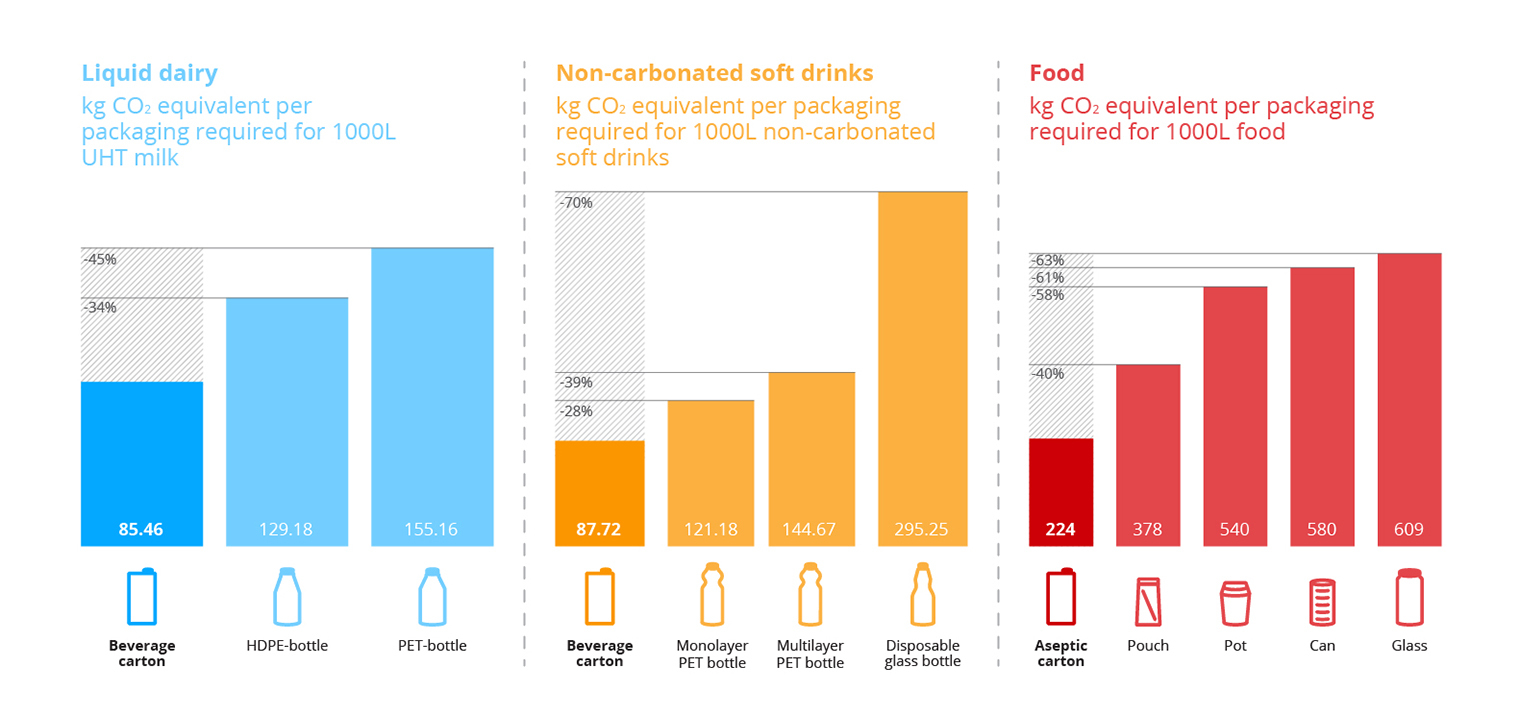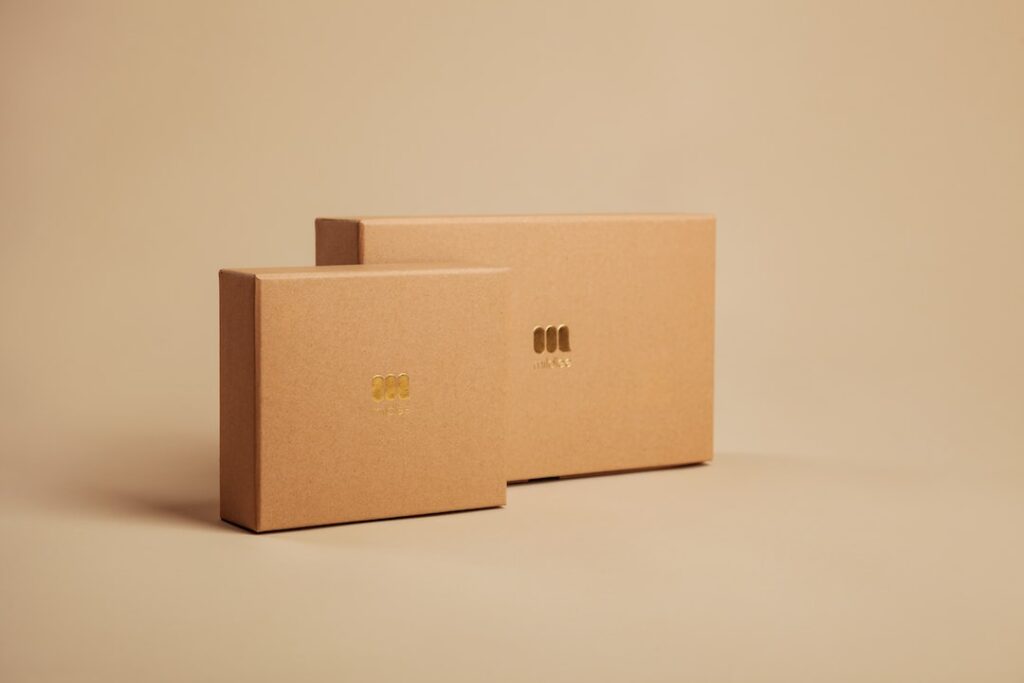Packaging is responsible for a lot of greenhouse gas emissions. In fact, the packaging industry is the third largest source of greenhouse gas emissions in the United States, behind only the transportation and industrial sectors. And because the carbon footprint of packaging is pretty significant, there is a concerted effort to reduce its impact on the environment.
One way to reduce our carbon footprint is by choosing sustainable packaging options whenever possible. Sustainable packaging is made from materials that are renewable or recyclable and cause minimal harm to the environment when disposed of properly.
Some examples of sustainable packaging include reusable shopping bags, recycled paper products, and biodegradable plastics.
Let’s break down the carbon footprint of packaging and how you can help minimize its impact on the planet without sacrificing convenience or style.
Table of Contents
What Is the Carbon Footprint of Packaging?
When you buy something, have you ever thought about how much packaging was used in order to get the product to you?
Probably not.
However, it’s important to be aware of the carbon footprint of packaging, because it can have a significant impact on the environment.
There are a few reasons why packaging has such a large carbon footprint. First of all, most packaging materials are made from fossil fuels, which release greenhouse gases when they’re burned.
Additionally, packaging often has to be transported long distances before it reaches its final destination, which also contributes to its carbon footprint.
Finally, when we’re done with packaging, it often ends up in landfills, where it breaks down and emits methane, a powerful greenhouse gas.
 (Source)
(Source)
So what can we do to reduce the carbon footprint of packaging?
Well, there are a few things.
First of all, we can try to reduce the amount of packaging we use. This can be done by buying in bulk or choosing products that have less packaging.
We can also recycle packaging when we’re done with it. This helps to reduce the amount of packaging that ends up in landfills.
Finally, we can choose packaging that is made from recycled materials or from renewable resources. This helps to reduce the greenhouse gas emissions associated with the production of packaging.
How to Reduce the Carbon Footprint of Packaging
In a world where an increasing number of people are becoming more and more conscious about the environment, it’s no surprise that the topic of reducing the carbon footprint of packaging has come up.
There are a number of ways to reduce the carbon footprint of packaging, and it really depends on what type of packaging you use.
1. Use Compostable Packaging
Compostable packaging is made from natural materials that can be broken down by bacteria and other organisms. This means that it won’t end up in a landfill and will actually help to improve the quality of the soil.
2. Avoid Using Single-Use Packaging
Single-use packaging is one of the worst offenders when it comes to carbon footprints. If you can, avoid using it altogether.
3. Educate Others About the Importance of Reducing the Carbon Footprint of Packaging
The more people are aware of the issue, the more likely they are to do something about it. Spread the word and help to make a difference.
Benefits of Reducing Our Carbon Footprint from Packaging
Did you know that the carbon footprint of packaging is responsible for approximately 2% of the world’s greenhouse gas emissions?
And that’s just the packaging itself – not the transportation or production of the packaging materials!
There are many reasons to reduce our carbon footprint from packaging.
For one, it’s simply more sustainable and environmentally friendly. Every little bit counts when it comes to saving our planet!
Additionally, reducing the carbon footprint of packaging can also save businesses money.
For example, lighter packaging requires less fuel to transport, which can lead to big savings on shipping costs.
Why It’s Important to Be Aware of the Environmental Impact of Our Packing Choices
When it comes to the environment, we often think about the “bigger” things – like pollution from factories, cars, and power plants.
But the truth is, our everyday choices – like what kind of packaging we use – can also have a big impact.
For example, did you know that the average American family throws away about 185 pounds of plastic each year?
And much of that plastic ends up in our oceans, where it harms marine life.
So, what can we do to reduce our impact?
One simple step is to be more aware of the carbon footprint of our packaging choices.
For instance, did you know that paper packaging generally has a lower carbon footprint than plastic?
And that reusable packaging – like glass or metal containers – can be even better for the environment?
Of course, there’s no perfect solution. But by being more mindful of the environmental impact of our packing choices, we can all help make a difference.
Conclusion
When it comes to reducing our carbon footprint, every little bit helps. By being aware of the carbon footprint of packaging and opting for sustainable options whenever possible, we can make a difference.
So next time you’re at the store, remember to think about your carbon footprint – it could be the key to a greener future.





